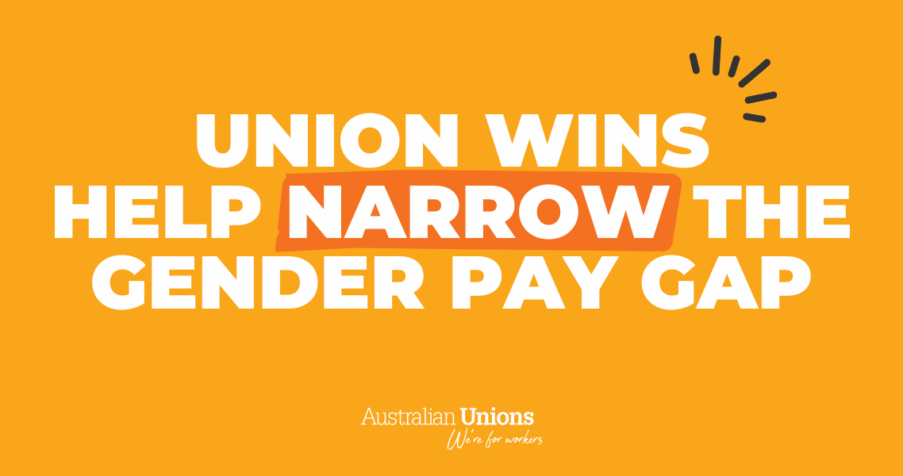Josh Frydenberg’s latest Liberal budget had one clear objective.
It wasn’t to end Australia’s dependence on insecure work or break the stranglehold that flatlining wage growth continues to have on the wellbeing of Australian workers.
Frydenberg was purely focused on one thing – the re-election of the Morrison government.
“It’s a budget that’s rich in pre-election carbs, but low on protein for the people who need it,” said Dr John Falzon, Inequality and Justice Senior Fellow at independent think tank Per Capita.
Falzon sees the budget as an attempt by the Morrison government to play-act the role of social and economic visionary, without going against its gut instinct to cling to trickle-down economics and a punitive approach towards disadvantaged Australians.
“Overall, it’s an extremely well thought out exercise in ticking boxes, tokenism, trickle-down theory, but it fails to heed the fact that you don’t build a strong economy or a better society by leaving people out – those who are locked into low-paid or insecure work, people who rely on the minimum wage, people who are underemployed.
“Those who are doing the highly gendered unpaid, or low-paid work of caring, including those working in the aged care sectors and in early childhood education, and unemployed workers who are going to continue to struggle to survive from below the poverty line on an obscenely low level of income support,”Falzon told On the Job.
ACTU President Michele O’Neil was scathing in her assessment of the budget, pointing out that with wage growth at historically low levels, and the cost of essentials like housing continuing to balloon, workers were being left to struggle week to week to meet the basic costs of living.
“This Government has overseen the longest period of low wage growth on record, and despite rebounding profits, this budget confirms that working people will not benefit from the recovery with real wage growth either negative or flat until 2023/24,” O’Neil said.
“Insecure and unreliable jobs are a brake on economic growth, wage growth and a fair recovery. This budget has done nothing to create more secure, reliable employment or increase wages.”
Despite the pre-budget rhetoric from the Government about a budget for women, the reality is that this latest fiscal plan remains one designed by blokes, for blokes, according to O’Neil.
“The Prime Minister loudly claimed to be addressing issues of concern to women with the appointment of a team of new ministers. But this budget provides only small amounts of money for limited programs which fall short of the far-reaching change needed to close the gender pay gap or keep women safe in workplaces or their homes.”
The delivery of new funding to the aged care sector following the harrowing findings of the Royal Commission into aged care that shocked Australia is long overdue but also underdelivers.
The budget delivers just $1.6 billion a year to residential care homes, despite the Royal Commission finding that around $10 billion a year would be required to end the nightmare for residents. in our nursing homes.
For the aged care workers who are asked to do tough work in extremely challenging conditions, there was very little to celebrate.
“Funding for aged care (and early childhood education) should improve wages and conditions for workers in those sectors. More reliable, more secure employment for essential workers means better services and a stronger economy,” O’Neil said.
Australian Unions, along with a range of community organisations, have been calling on the Government to introduce a universal childcare scheme which would allow more women to return to the workforce earlier, helping them secure their economic future.
Josh Frydenberg’s budget fell well short of that. The budget offers rebates of up to 95% – only if you have two children in the childcare system.
Dr. John Falzon sees it as another example of a government whose heart simply isn’t in making the kind of structural changes required to address Australia’s growing inequality gap.
“The much-lauded childcare plan that the Government has announced in the budget still does nothing for parents who are not in paid work, and only benefits around a quarter of the families who make use of childcare and early childhood education – and that benefit will only come in July 2022.
“So it’s not a structural change. It does absolutely nothing to address workforce issues. It does nothing to increase the pay and conditions of those working in early childhood education.
“In other words, it doesn’t translate into solid and visionary investment in social infrastructure and that’s one of the things this government clearly doesn’t get – social structure, economic infrastructure.”






SHARE:
Self-serving budget leaves workers out in the cold